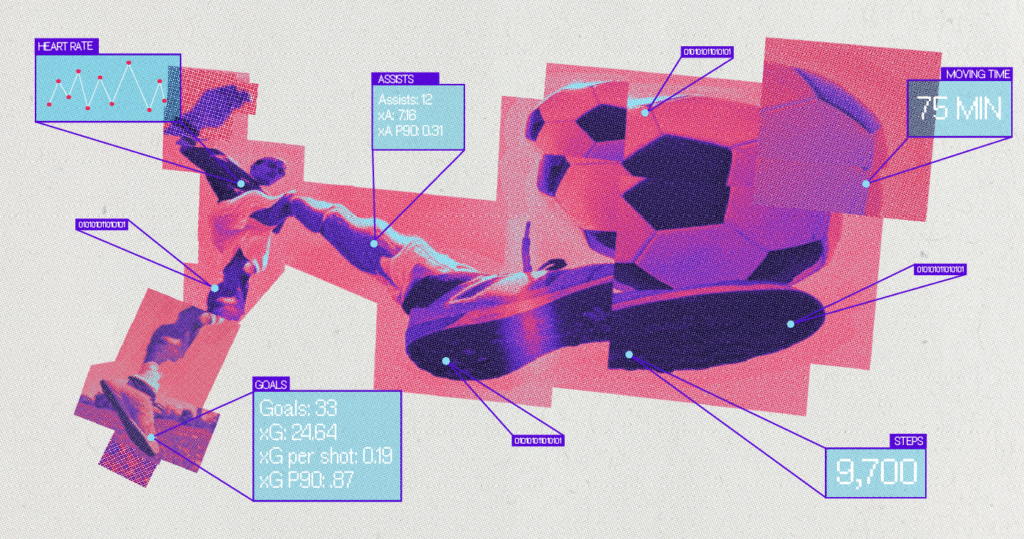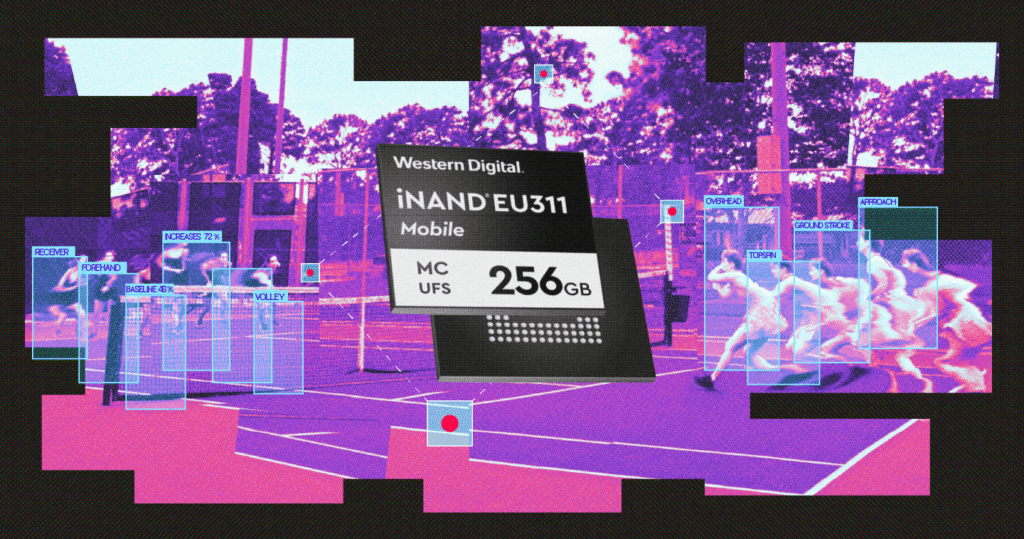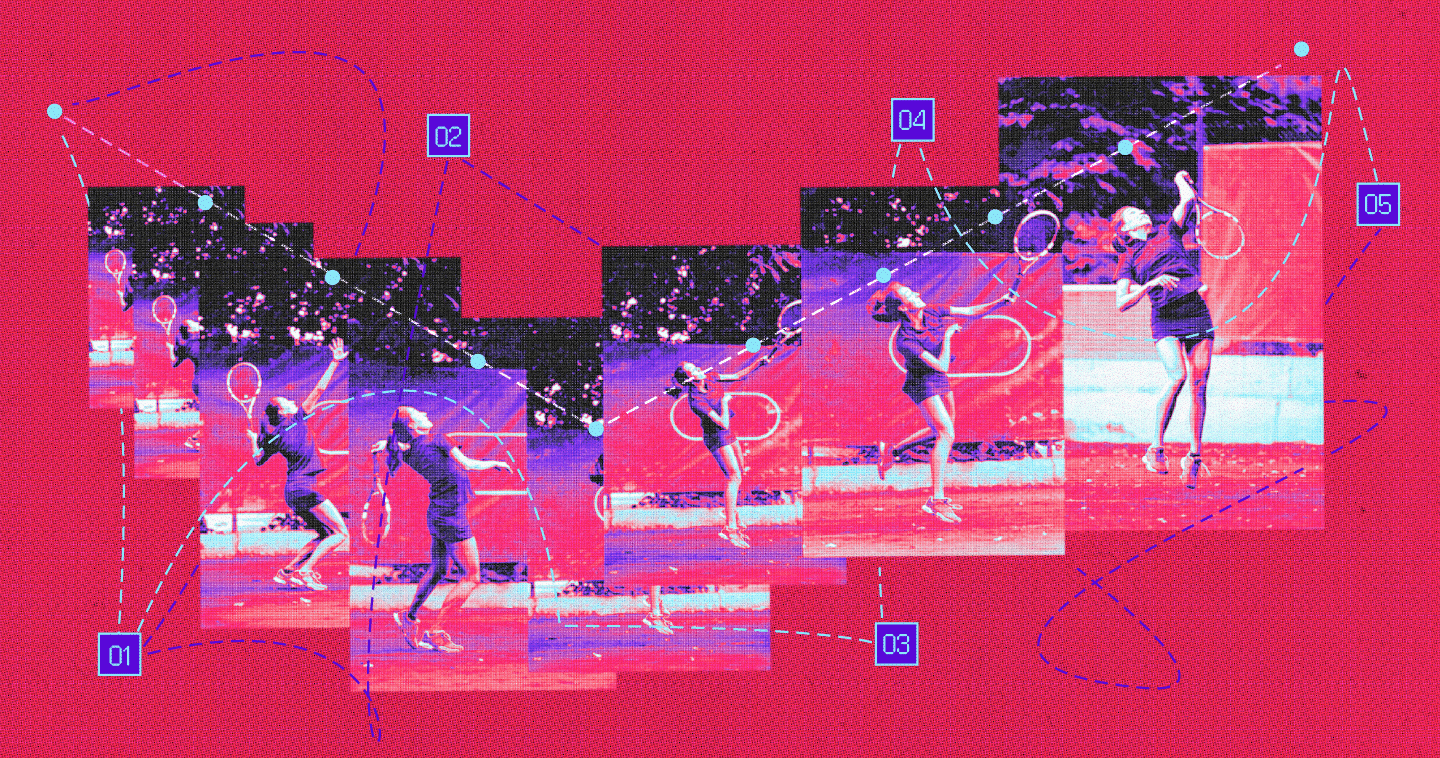AI Evens the Playing Field in Sports
Around the globe, artificial intelligence (AI) is changing the game in youth, collegiate, and professional sports. Whether for performance analysis and recruiting, injury prevention, or fan engagement, AI is making its mark in sports and extending capabilities formerly available only to the most elite players and teams.
Researchers keeping score see AI accelerating across the sports industry. The global market size for AI in sports was valued at $2.2 billion in 2022 and is projected to reach $29.7 billion by 2032, growing at a CAGR of 30.1% from 2023 to 2032, according to Allied Market Research in a report titled “Artificial Intelligence in Sports Market Research.”
Soccer holds a 40.2% share of the total AI in the sports market, according to a Straits Research report. With corner kicks being a part of the game that is highly repeatable and trackable, it’s clear why they are an excellent candidate for AI models in high-profile leagues.

AI tees up athletic analytics
nerDigital, a Toronto-based digital services agency, managed an AI performance analysis project for a collegiate soccer team in the United States.
“This project democratizes access to advanced performance analytics, which have traditionally been available only to top-tier professional teams and athletes,” said Max Shak, founder and CEO of nerDigital.
For the project, players wore GPS-enabled devices and smart sensors that tracked vital metrics such as their movements, heart rate, speed, and distance covered during training sessions and matches. High-definition cameras recorded the games, providing footage that AI algorithms could analyze for tactical and technical evaluation.
nerDigital’s system analyzed game footage and provided detailed feedback on players’ positioning, passing accuracy, and decision making. The team’s coaches reported a significant improvement in the team’s performance thanks to the actionable insights provided by the AI system.
The team saw measurable improvements in players’ fitness levels, tactical understanding, and game outcomes as a result. Data-driven insights allowed coaches to tailor training sessions more effectively and make more informed decisions during matches.
nerDigital builds AI applications for its clients, and there are also solutions that bring similar capabilities directly to teams.
AI on the pitch
Veo Technologies is a Danish company whose mission is to make its AI-powered advanced sports technology accessible to all. Veo’s founder came up with the idea when he missed his son’s first soccer goal due to traffic.
“We want to close the gap for amateur athletes’ access to elite technology,” said Mathias Bruun Larsen, hardware architect at Veo Technologies.
Veo’s platform includes a camera with two lenses that each record in 4K at 30 frames per second, equating to 4 TB of uncompressed data for a full game day. Two encoders then transcode, combine, and compress the incoming video streams to approximately 18 GB and upload them to the cloud. AI enables processing inside the camera for instant playback and livestreaming capabilities.
The camera is equipped with Western Digital’s e.MMC flash storage for video capture and bulk storage. Veo has trained a neural network to extract the desired data. Once uploaded to the cloud, coaches use AI to track and analyze goals, penalties, highlights, player and ball locations, and overlay 2D maps and heat maps for further analysis.

Reliable storage is important for Veo’s platform as there’s a vast amount of data on both the device and in the cloud. Cameras are situated on seven-meter-high tripods outdoors, sometimes in excessive heat from both the sun and the camera’s internal electronics.
“The recorded video is stored on the e.MMC and that’s what allows us to do a lot of the AI processing we do,” Larsen said.
AI enables better coaching and analysis, but performance analysis is not just for current lineups.
“AI-driven platforms are revolutionizing the recruitment process in collegiate sports,” Shak of nerDigital said. “AI can sift through thousands of profiles and game tapes to identify potential recruits who fit specific criteria. This technology not only speeds up the recruitment process but also helps in uncovering hidden gems who might have been overlooked otherwise.”
Injury prevention and fan engagement
AI is about more than just performance in the arena. Injury prevention and fan engagement are other areas where AI is in play.
Wearable technology combined with AI analyzes physiological data to track players’ fitness levels and detect early signs of fatigue or injury. This allows for timely interventions, ensuring that players maintain peak performance levels throughout the season. By using AI to monitor physical metrics and workloads, the aforementioned collegiate soccer team experienced a reduction in injuries, ensuring players remained healthy and available throughout the season.
Straits Research also reports a 25% increase in the use of AI for fan engagement since 2020. AI solutions like IBM Watson do everything from listening to the noise of the crowd and sensing fan reactions to tracking the body language of the audience.
LaLiga, Spain’s premier football division, is using AI to transform how fans enjoy and understand the game. Advanced statistics originally prepared for the league’s technical staff (like coaches and doctors) are now available to fans and the media.
“AI enhances fan engagement through personalized content delivery,” Shak said. “AI-powered platforms analyze fan behavior and preferences to deliver customized content, such as highlights, stats, and interactive experiences. This not only improves fan satisfaction but also drives revenue through targeted marketing and personalized merchandize offerings.”
Brian Ryerson, senior director of digital strategy for the U.S. Tennis Association (USTA), shared how the USTA is using AI at this year’s US Open in a Smart Talks with IBM podcast episode. Ryerson describes how USTA turns to AI to deliver fan experiences for the one million fans who attend the US Open on-site, plus 50 million fans via the internet.
The USTA’s first foray into AI was in 2018, according to Ryerson, when his team delivered video highlights of over 20 simultaneous matches moments after each set. Their goal was to use “storytelling at scale,” efficiently delivering game stats, schedules, live scores, and match summaries to users on the USTA app or website. This year’s tournament features more sophisticated match reports with AI figuring out which prompts to use to tell the 254 players’ stories. Generative AI manages both structured and unstructured data to organize and tell these stories at scale.
AI changing the game
Data is a starter in live amateur and professional sporting events. With AI, metrics formerly available only to the premier leagues are changing the game for athletes and teams at all levels.
What brings AI to the masses is a combination of more affordable wearables and software, Software as a Service (SaaS) subscription models, and scalability provided by the cloud so teams of any size can upload data and receive detailed analytics without needing on-site infrastructure, according to Shak.
“AI’s integration into sports is not just a futuristic concept but a present reality transforming the industry at every level,” Shak said. “From enhancing youth sports training and collegiate recruitment to redefining professional game strategies and fan engagement, AI is proving to be a game changer.”
Read more about data’s role in sports in these blogs about fantasy sports and esports.
Artwork by Cat Tervo




